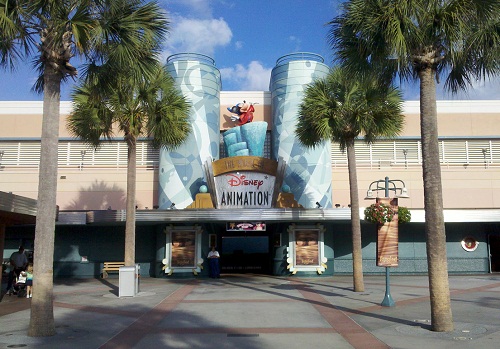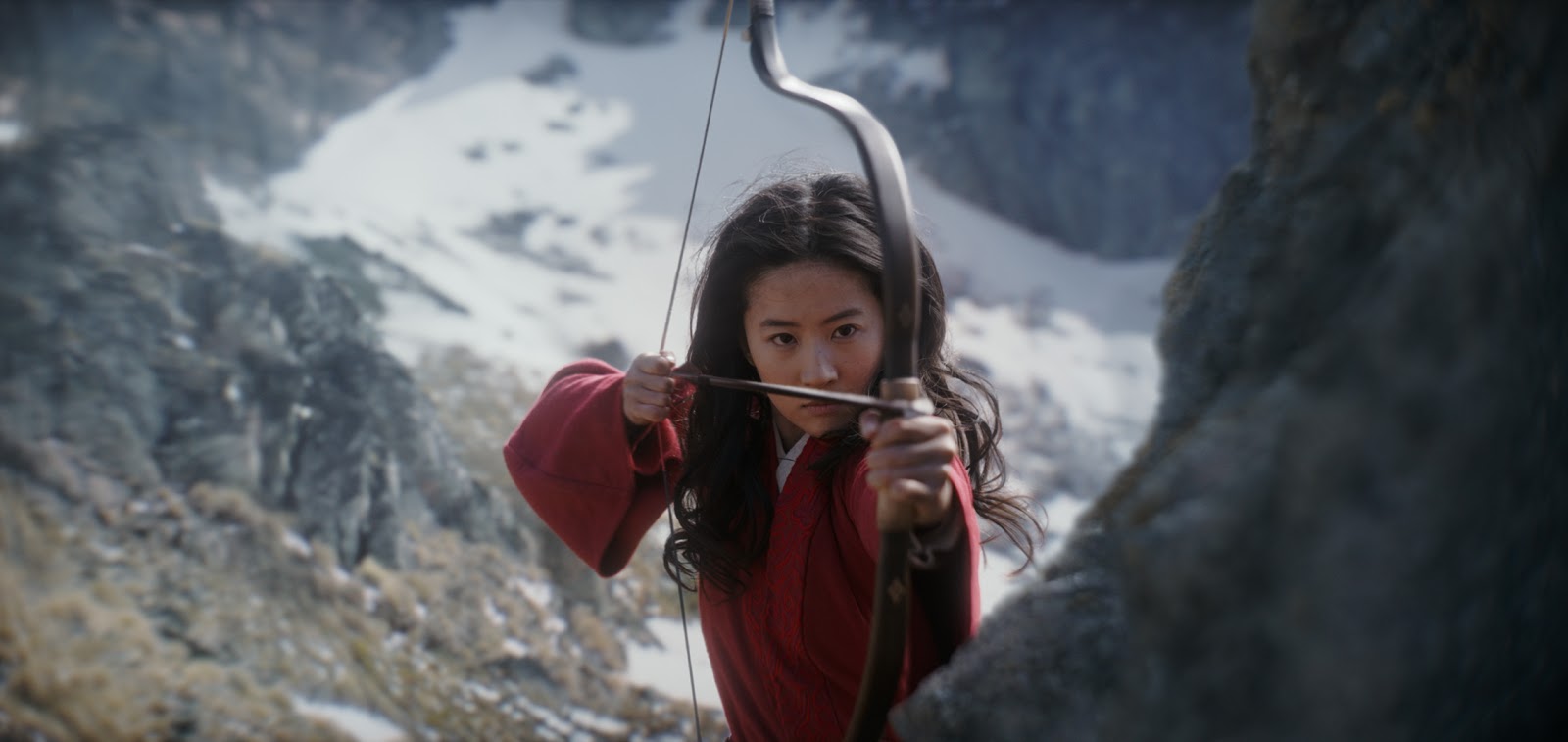30 Days of Disney: Mulan Launches a Trilogy
You may know that Mulan spawned a direct-to-video sequel and you may know that it is inspiring a live-action adaptation, but did you know that it is also the first installment in a special trilogy? While there may not be much narrative connective tissue, Mulan was followed by Lilo & Stitch and Brother Bear as the three films that were produced at Disney-MGM Studios (now Disney’s Hollywood Studios).
When the theme park first opened, production was expected to be a part of the park experience. Soundstages were constructed, post-production services were offered, and Disney started a small animation division so that guests could experience what went into the animation process. Guests would be able to watch animators work while their video guides of Walter Cronkite and Robin Williams explained what was happening.
Originally envisioned to create shorts and featurettes such as Tummy Trouble, Roller Coaster Rabbit, and Trail Mix-Up, the group was soon pressed to help their Burbank counterparts finish films, including animating 22 minutes of The Lion King including the “I Just Can’t Wait to be King” sequence. Their initial success caused the studio to grow in size and scope. With this expansion came a new $70 million studio expansion and the greenlight for their first full-length assignment.
In the mid-’90s, Disney Animation was firing on all cylinders. The Little Mermaid, Beauty and the Beast, Aladdin, and The Lion King created the Disney renaissance and Disney wanted to release more films. In order to ramp up output, Mulan entered production. But, by the time Mulan was released, Disney Animation had two setbacks. While they have become favorites, Hunchback of Notre Dame and Hercules disappointed at the box office, and it looked like Disney’s dominance might be challenged with new entrants into the animation space.
Luckily, Mulan proved to reverse the slide. Although it may not have reached the heights of The Lion King, Mulan outgrossed both The Hunchback of Notre Dame and Hercules. In fact, Mulan would establish what would become the Florida modus operandi: a smaller scaled film that would exceed expectations at the box office. Lilo & Stitch and Brother Bear followed creating what would become the Florida trilogy.
After much turmoil within the animation division, it was decided to have all of Disney’s output come out of Burbank. On March 19, 2004, Walt Disney Feature Animation Florida closed its doors and ended an era. The “new” studio, which had just been built not event a decade before, became operations offices for Walt Disney World. Each floor tied to a different film produced at the studios, with The Lion King added on as the building has four stories.
On a personal note, I remember visiting the park prior to Mulan’s release. I remember sensing the enthusiasm the park had for a movie that they produced. They were very proud of that, as they should be. Movies may not be made at Disney’s Hollywood Studios anymore, but the work that was created there continues to inspire. Soon we will have a new live-action version of Mulan that builds upon the creative legacy of the artists and storytellers that called Central Florida their home.





